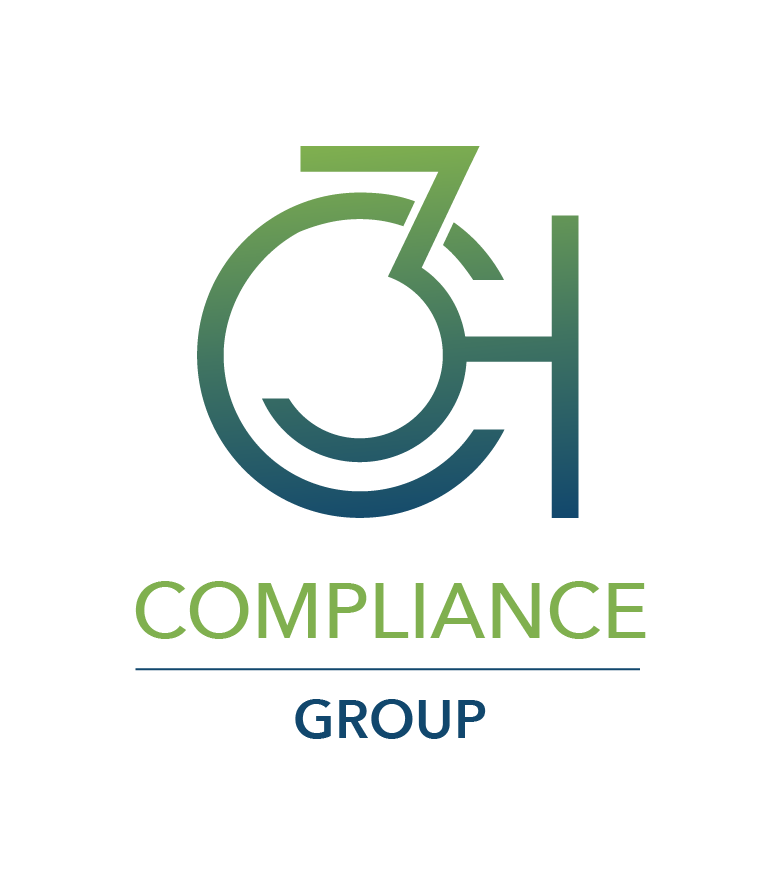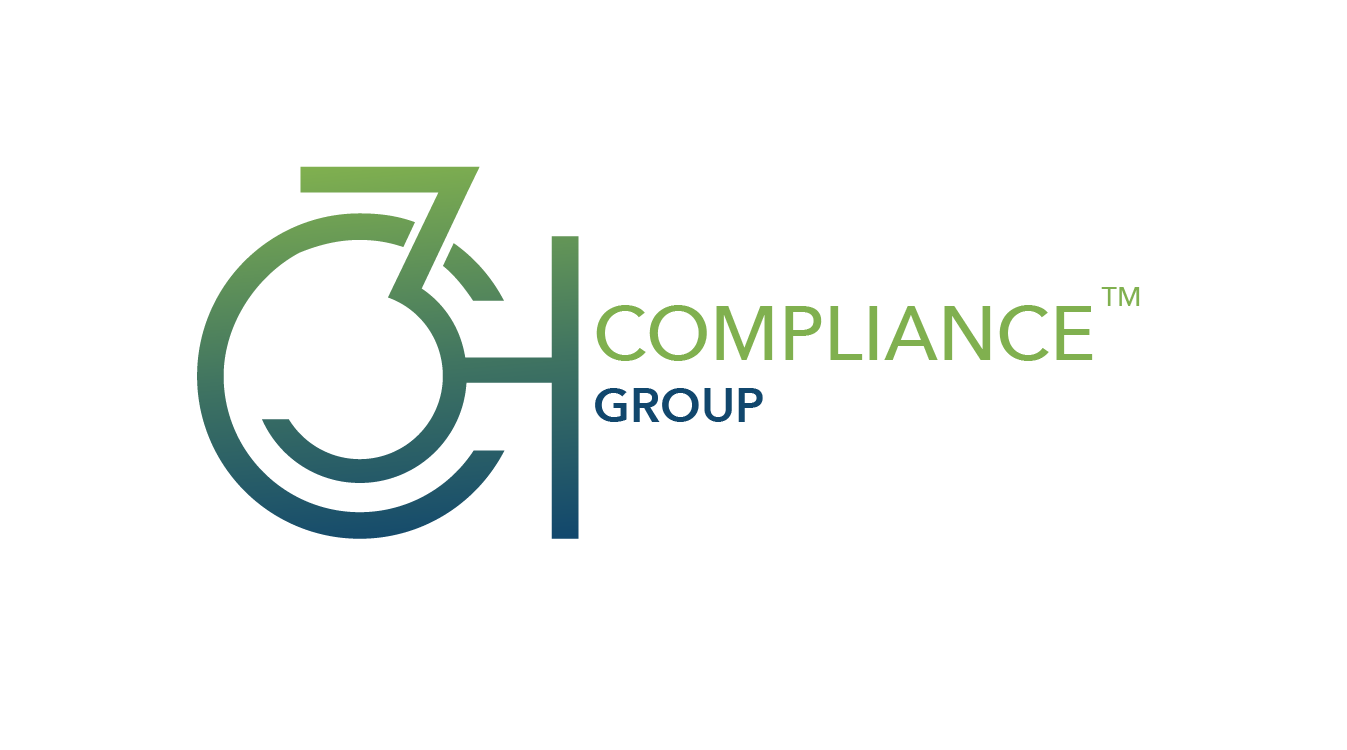A line of authority (LOA) is a specific type of insurance coverage that an agent or producer is licensed (authorized) to sell. Understanding the nuances and requirements of LOAs is crucial to operating within legal and professional standards. This guide will provide a foundational understanding of a LOA, its importance, and how to navigate the complexities of maintaining compliance.
What Are Lines of Authority in Insurance?
Lines of authority designate the specific groups or categories of insurance products that a producer is authorized to sell after meeting state licensing requirements.
For example, a producer holding the Life line of authority can sell insurance policies providing financial support after a policyholder’s death, while someone with a Property LOA focuses on selling products that protect tangible assets like homes or businesses.
Understanding and obtaining the appropriate LOAs ensures compliance with state regulations and builds trust with clients who depend on knowledgeable and legally authorized insurance professionals.
Why Do Lines of Authority Matter?
For producers and agencies, lines of authority serve several essential functions:
- Regulatory Compliance: Selling insurance without the appropriate LOA can lead to fines, license suspension or revocation, and fractured relationships with carriers.
- Client Trust: Holding the correct LOA ensures that producers are well-versed in the products they’re offering and demonstrates professionalism.
- Market Opportunities: Adding LOAs allows producers to diversify their offerings and cater to a broader client base.
The 6 Common Insurance Lines of Authority
The National Association of Insurance Commissioners has defined six major lines of authority which are the most common in the insurance industry. These groupings are designed to streamline the training, examination, and licensing process.
For example, rather than taking separate courses and exams for homeowners, auto, and workers compensation, a producer can take comprehensive casualty training and examination, which covers the essential concepts for all these products.
The 6 major lines of authority are:
- Life: Covers financial benefits to beneficiaries upon the insured’s death. Often includes additional options like annuities.
- Accident & Health or Sickness: Encompasses medical, dental, and disability coverage. This line often intersects with evolving healthcare regulations.
- Property: Protects physical assets such as homes, vehicles, and businesses from damage or loss.
- Casualty: Focuses on liability coverage, such as auto or general liability insurance, protecting against legal claims.
- Variable Contracts: Includes variable life and annuities, often requiring additional securities licensing.
- Personal Lines: Covers property and casualty for individuals and families for primarily noncommercial purposes.
These broad categories capture most of the insurance marketplace. There are, however, additional LOAs called limited lines of authority, that encompass small, unique, or emerging coverage needs.
Producers should also note that surplus lines, which caters to non-standard or high-risk markets, may in some states be reflected as a line of authority on a producer’s license. Generally, however, surplus lines is considered a license class.
Limited Lines of Authority
In addition to the six standard LOAs, many states offer limited lines of authority, which authorize producers to sell specific, specialized types of insurance. There are over 50 different types of limited lines of authority, but the National Association of Insurance Commissioners’ Uniform Licensing Standards limits each state to nine or fewer including what the NAIC defines as core limited lines.
The core limited lines include:
- Car Rental Insurance: Provides protection for borrowers in case of default, death, or disability.
- Credit Insurance: Covers loan payments.
- Crop Insurance: Protects farmers against losses due to weather, pests, or market fluctuations.
- Travel Insurance: Covers trip cancellations, interruptions, and related risks.
Other examples of limited lines include:
- Pet Insurance: Covers veterinary expenses for pets.
- Self-storage Insurance: Covers contents of storage units from loss by theft, fire, vandalism, and natural disasters such as floods.
Limited LOAs are attractive because they:
- Expand Market Reach: Allow producers to offer niche products that meet specific client needs.
- Simplify Licensing: Often require less extensive training and testing compared to broader LOAs.
- Enhance Client Service: Accommodate tailored solutions for unique risks that standard LOAs may not cover.
Producers pursuing limited LOAs must still meet state-specific licensing requirements and adhere to renewal and CE obligations. In some cases, and states, limited LOAs may allow an individual to obtain a license without going through the full licensing process for a state.
For instance, a veterinarian practice may have an employee licensed with a line of authority to sell pet insurance, but no other insurance products. Often, this license will cost less and have less stringent licensing and renewal requirements than a full property and casualty insurance license.
In other cases, the limited line will have specific certification requirements. For example, in California all individuals (resident and non-resident) must complete 3 hours of California-specific flood training before selling flood insurance.
As is always the case in the insurance industry, regulations vary by state so be certain to check with qualified insurance regulatory compliance professionals like the team at 3H Compliance Group.
Steps to Obtain and Maintain Lines of Authority
To obtain an insurance license, producers must have at least one line of authority. In broad strokes, the steps to obtain and maintain an LOA look like this:
- Initial Resident Licensing Requirements:
- Complete pre-licensing education specific to your desired LOA.
- Pass insurance exam covering the chosen LOA.
- Submit an application and pay any required fees to the state insurance department.
- Initial Non-Resident Licensing Requirements:
- All states require producers to obtain and hold an LOA in their home state before applying for the LOA in another state.
- Submit an application and pay any required fee to the state insurance department.
- License Renewal:
- Most states require license renewal every two years.
- Renewal often involves continuing education (CE) credits specific to each LOA to be completed in the resident state.
- Continuing Education (CE):
- Stay updated on regulatory changes and industry trends.
- Complete CE courses for each LOA to maintain active status.
- Complete any state specific courses or training required for the LOA.
If a producer chooses not to renew an LOA in their home state, they must notify the department of insurance in all other states where they are licensed for that LOA. Failure to do so will result in rejection and delays of the renewal application.
Common Compliance Challenges
As you might imagine, tracking multiple lines of authority across states and staying compliant with CE requirements are the most common challenges associated with LOAs.
Most states recognize the CE requirements of a producer’s home state when renewing an LOA. However, some states and LOAs may have unique requirements. For instance, California requires at least one CE hour on flood insurance to renew a property and casualty license if the producer is selling flood insurance.
How 3H Compliance Group Can Help
Agencies of all sizes outsource license management to our team, so we’re well versed on the complexities of managing lines of authority and compliance requirements. If managing this process is becoming a nuisance, we invite you to contact us for a no-pressure discussion of your needs.
We use our own Creative Compliance Hub solution to stay in control – as do scores of agencies who choose to manage licensing in-house. As a centralized licensing management solution, Creative Compliance Hub makes it easy to track and manage multi-state licenses and LOA from a single platform.
- Automated CE Tracking: Stay ahead of renewal deadlines and CE requirements with automated reminders.
- Customizable Reporting Tools: Gain insights into licensing status, renewal progress, and compliance metrics.
Whether you manage licensing inhouse or outsource it, 3H Compliance Group’s innovative solutions make it easy for insurance producers and agencies to focus on growth – not the intricacies of compliance.
Conclusion
Understanding and managing insurance lines of authority is essential for compliance, professionalism, and business growth. By staying informed and leveraging solutions like our license managed services, or tools like Creative Compliance Hub, producers and agencies can navigate these complexities with ease.
Ready to simplify your licensing and compliance management? Contact us today to learn how we can help!

